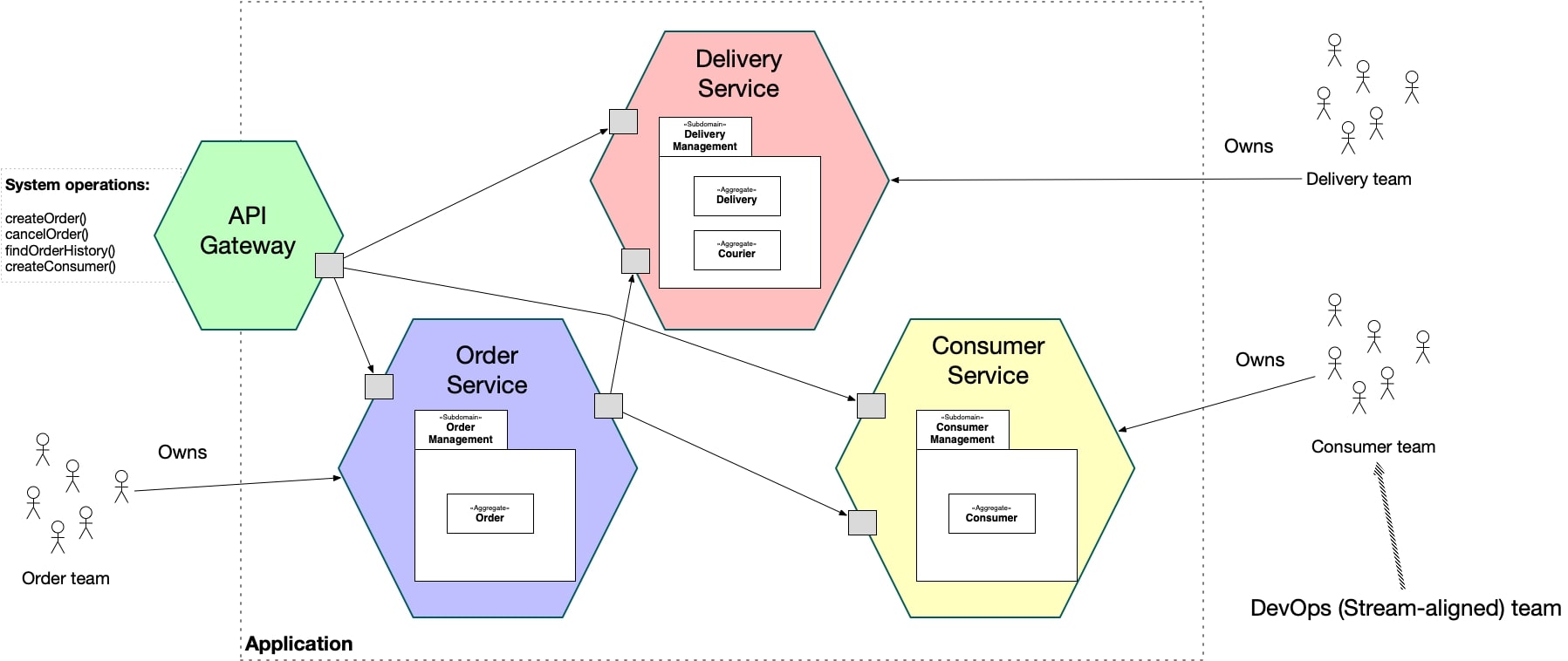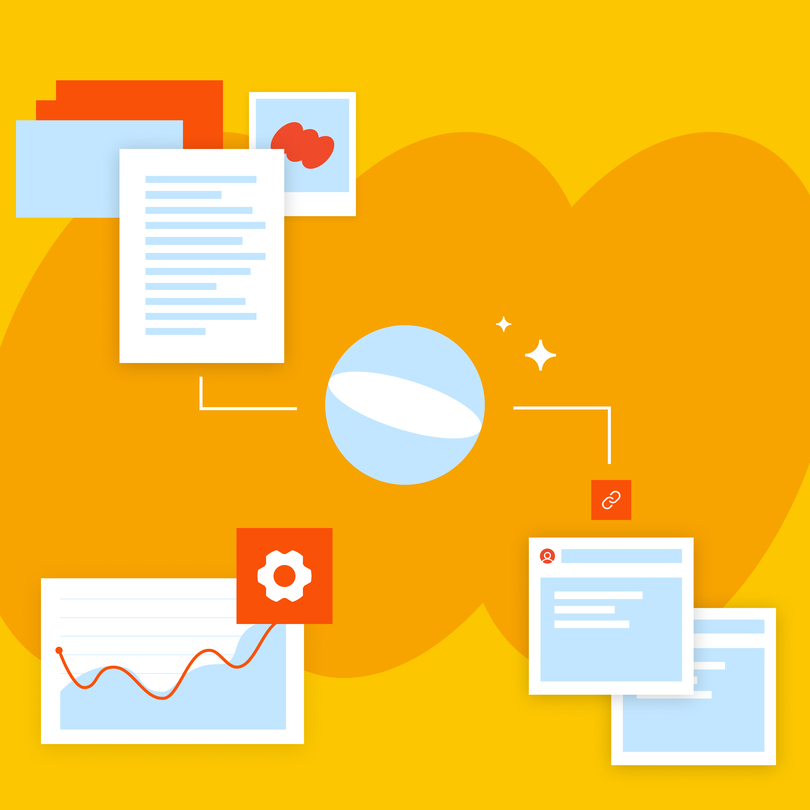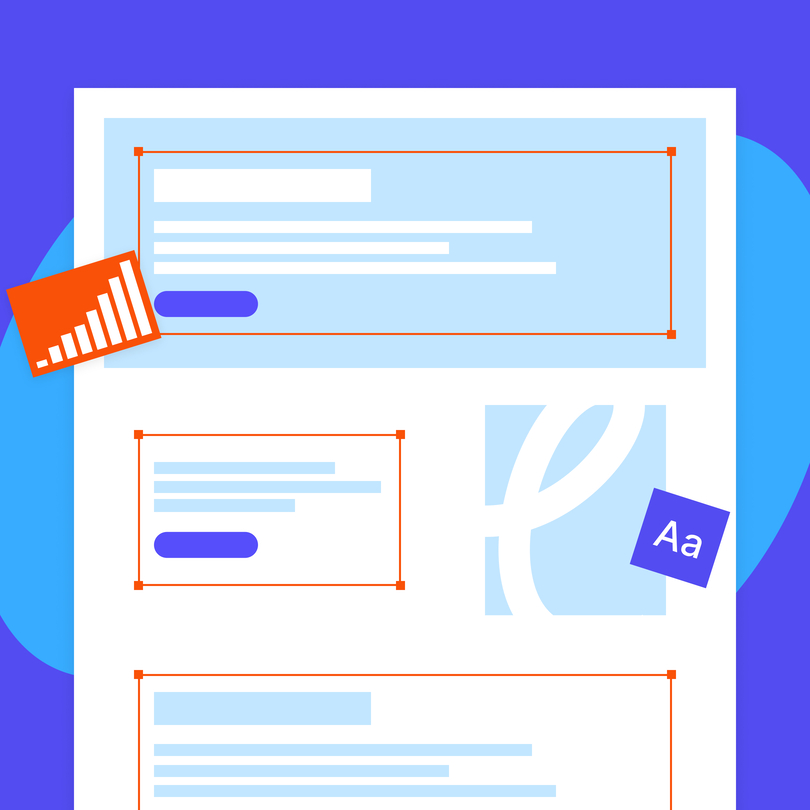Architectural styles evolve based on user needs and interests, making the shift from monolithic architecture to microservices a logical progression. Moreover, developers must meet elevated demands from today's users and vendors who communicate increasingly over social media and mobile devices. They expect fast interactions and continuous improvement.
What better solution to address these expectations than microservices? If you’re considering this approach, you’re likely still exploring its advantages.
In this extensive guide, you’ll learn everything you should know about microservices and how they simplify the development process.
What are Microservices?
Microservices architecture breaks down a monolithic application into smaller and standalone services, each in charge of a specific function. This approach translates into faster development and deployment of new features without extensive codebase changes.
APIs (e.g., REST or gRPC) enable loose communication between microservices. As a result, they operate autonomously while collectively forming a cohesive application.
Thanks to this architecture being highly scalable and flexible, teams won’t alter the entire system when upgrading or scaling individual services. Moreover, devs often use cloud-based services and container orchestration tools like Kubernetes to manage resources efficiently.
What’s the Difference Between Microservices and APIs?
Since both concepts are closely related, devs struggle to tell the difference between microservices and APIs. The former is an architectural approach where devs break down applications into separate services, each working independently and typically communicating with each other via APIs.
The latter are interfaces that define how software components should interact. APIs specify methods and protocols for communication between different parts of an app.
How Exactly Do Microservices Work?
In a nutshell, microservices operate as autonomous applications, with an API gateway managing dependencies on microservices APIs. This, in return, enables uninterrupted substitution of one microservice with another.
Imagine you’re developing an eCommerce platform. Instead of a monolithic application handling everything from user authentication to order processing, you break down the platform into microservices. One manages user authentication, another handles the product catalog, and a separate service processes orders and payments.
While doing so, you can develop each microservice using different programming languages and frameworks.

Different Ways Developers Can Use Microservices
There are various ways you can leverage microservices to improve your applications, including SEO basics and AI tools.
- Performance and Scalability: You can scale individual services based on demand. For instance, during high-traffic periods, you can scale only the services that need extra resources to optimize cost efficiency and resources.
- Data Processing: With microservices, you can process large data volumes in parallel, turbocharging data tasks with greater efficiency and velocity. Whether collecting, transforming, or analyzing data, this setup enables real-time analytics and gears up responsiveness.
- Notification Systems: You can dedicate each microservice to managing user notifications, such as emails, SMS, or push notifications. Since this service operates independently from the main application, you can rest assured users will receive alerts, even during critical updates or promotional events.
- SEO: Microservices work well even for SEO basics, as you can create specialized services for tasks such as keyword analysis, content optimization, and performance tracking. Each allows targeted updates and improvements without disrupting the system.
- AI Tools: The good news is you can combine a microservice and AI to process large datasets and identify trending keywords. Meanwhile, another microservice can, for example, handle content optimization and parse webpage content to suggest how to improve it.
Now that we have clarified how they work, it’s time to move to microservices benefits.
Benefits of Microservices Architecture
Here’s an exploration of what makes microservices your best choice as a developer.
1. Neutral Architecture and Language
The advantages of neutral architecture and language are most evident when the system requires updates or changes. For instance, the development team can easily update only the recommendation engine microservice when a new version of a machine learning library is available. They can independently address scalability issues in the order processing microservice by adjusting resource allocation or optimizing the database schema without touching the remaining parts.
This flexibility extends to developing diverse features within a large e-commerce platform. Developers might use Java with Spring Boot and MongoDB for the product catalog microservice while leveraging Python with Django and PostgreSQL for the order processing microservice. Hence, architecture and language neutrality allow teams to choose the most suitable technologies, tools, and programming languages for each microservice based on performance requirements, scalability needs, and developer expertise.
2. Greater Scalability
Scalability stands as one of the most revered microservices architecture benefits. In contrast to monolithic applications that typically require scaling the entire system, microservices allow for scaling specific services independently. This independence prevents scenarios where a surge in user traffic, such as a customer purchasing multiple products at once, overwhelms the database, backend, and frontend due to shared resources in monolithic setups.
Devs don’t have to stress about outages and failures because microservices architecture ensures higher scalability. Moreover, microservices scalability integrates with cloud computing environments. Leading cloud platforms provide cutting-edge tools like auto-scaling and container orchestration (e.g., Kubernetes) and automate the scaling of microservices based on metrics such as CPU usage and incoming traffic.
Developers don’t have to shut down the whole system to deploy new functionalities, features, and updates. On the flip side, devs must take down all parts of monolithic apps to make a single change and set up the new code.
In 2008, Netflix faced a major database corruption. They tackled this challenge by migrating from vertically scaled single points of vulnerability to horizontally scalable cloud systems powered by microservices. This strategic shift mitigated risks associated with single points of failure in the future and improved system reliability by a mile.
3. Superior Fault Isolation
It’s almost certain that at least one service will fail at some point. However, it’s not inevitable that this failure will impact other parts of the application. Unlike monolithic applications, where a single failure can potentially bring down the entire system, microservices isolate failures within the affected service.
For example, in a social media platform with multiple microservices, issues like high latency or temporary outages in the messaging service won’t affect other services such as user authentication or post-management. Users can still log in, create posts, and receive notifications without disruption because microservices ensure system availability.
On top of that, microservices’ fault isolation matches modern DevOps practices and continuous delivery pipelines. Teams can deploy updates to individual microservices independently and without bugs or disruptions slowing down the entire app.
4. Improved Compliance and Data Security
Granular security controls are among the most valuable benefits of microservices, as each has specific access controls, authentication, and authorization mechanisms. Developer teams can tailor these based on the microservice’s functionality and data sensitivity.
Since this architecture isolates sensitive data within specific microservices, it helps minimize data breaches and unauthorized access. Even if one microservice is under attack, it won’t necessarily compromise the entire system.
For instance, you can manage user authentication and financial transactions with separate microservices, each with its unique security protocols. These measures ensure a vulnerability in one service won’t expose all user data, translating into optimal security. Moreover, this architecture simplifies meeting diverse regulatory standards like HIPAA and GDPR. You can add and update compliance measures at the service level, which is vital, especially when handling sensitive data.
5. Accelerated Time-to-Market
Microservices benefits include autonomy, which speeds up the development process and facilitates quicker iterations. After all, it’s a great shortcut when each team can develop, test, and deploy their microservice without waiting for other teams.
This means developers work in parallel workstreams, resulting in fewer bottlenecks and a faster overall development cycle. Working on individual microservices and functionalities reduces the project’s complexity, as devs can decompose an application into smaller, more manageable pieces.
6. Improved Support for DevOps and Business Flexibility
Around 71 percent of businesses struggle with agility. Since the output reaches the market faster with microservices, this architecture promotes much-needed scalability and flexibility.
Developers can build and deploy individual services separately, allowing businesses to have software ready much sooner. They can test and launch each piece without altering the rest of the app, providing a vital competitive edge.
Microservices also cultivate a DevOps culture by fostering close collaboration between IT and software development teams. Each team can focus on their specific microservice, increasing specialization and efficiency. This collaboration boosts the application’s quality and cuts the time necessary to resolve issues.
Moreover, developers get to be creative and innovative, as experimentation doesn’t endanger the production system.
7. Open-Source Architecture
Linux, Fluentd, Kubernetes, Helm, and Docker are among the key technologies responsible for the rise of microservices. These are all open-source, meaning developers enjoy a collaborative environment.
However, this doesn’t mean inexperienced hackers maintain and update these projects. Instead, the most important contributors include high-profile names, such as Google, IBM, Microsoft, and Intel. These corporations understand that supporting open-source frameworks resonates with their audience and results in higher profit.
8. Affordable Hardware
Microservices leverage technologies like Docker and Kubernetes to operate efficiently on low-cost commodity hardware. As a result, new developers and small startups can build scalable SaaS platforms or enterprise hosting environments with minimal resources, such as an old laptop and an internet connection.
You can expand the cluster with additional inexpensive computers or PCs later on when the demand grows. The democratization of high-capacity computing shifts power away from traditional vendors of pricey supercomputers and makes ambitious projects possible, even for beginners and everyday users.
Microservices is More Than a Trend, and it Isn’t Going Anywhere
Although microservice architecture started as a trend, it has become a lasting revolution. If you’re considering whether it’s worth taking this approach, rest assured that this development strategy is bound to become the norm.
The benefits of microservices are too powerful and convincing to miss out on leveraging them to future-proof your system. However, you may want to take it slow and collaborate with experienced professionals first. In that case, you may start with tailored web application development services to ensure the desired solution.





